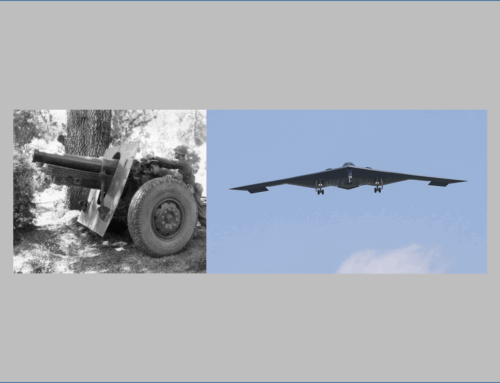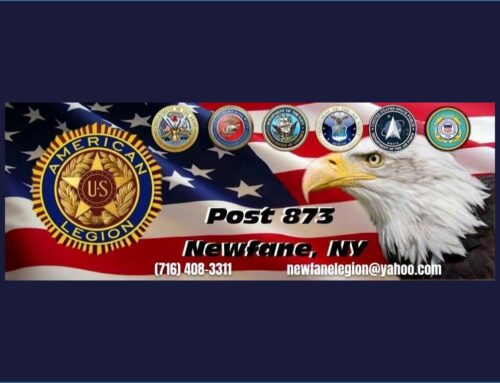Survival and Rescue at Sea: The First Mission of Ensign Kenneth R. Smith, USN
Published: 17 February 2024
via the Roads to the Great War website

Early 1917—The Yale Aviation Group Joins the War Effort
Early 1917—The Yale Aviation Group Joins the War Effort
Newly commissioned Kenneth Smith was a 1917 graduate of Yale University and member of the First Yale Aviation Unit. The story of his first combat mission is an epic one.

Kenneth Smith (R) and Henry Davison with their Squadron Mascot
On 22 November 1917, a French Tellier seaplane flown by him was forced down at sea on his flight out of Naval Air Station Le Croisic at the mouth of the Loire River to investigate a report of German submarines south of Belle Isle. Two days later and minutes before his aircraft sank, he and his crew of two were rescued by a French destroyer. It was U.S. Naval Aviation’s first airplane to crash land while on a combat patrol in Europe in WW I.
The communication and air/sea rescue techniques were a far cry from the effective speed of such operations today. His base at the time of the crash was a little fishing village of about 3,000 inhabitants 18 miles from St. Nazaire, called Le Croisic. The United States had established there on the French coast its first Naval Air Station overseas as a part of WW I operations.
Read the entire article on the Roads to the Great War website here:
External Web Site Notice: This page contains information directly presented from an external source. The terms and conditions of this page may not be the same as those of this website. Click here to read the full disclaimer notice for external web sites. Thank you.



